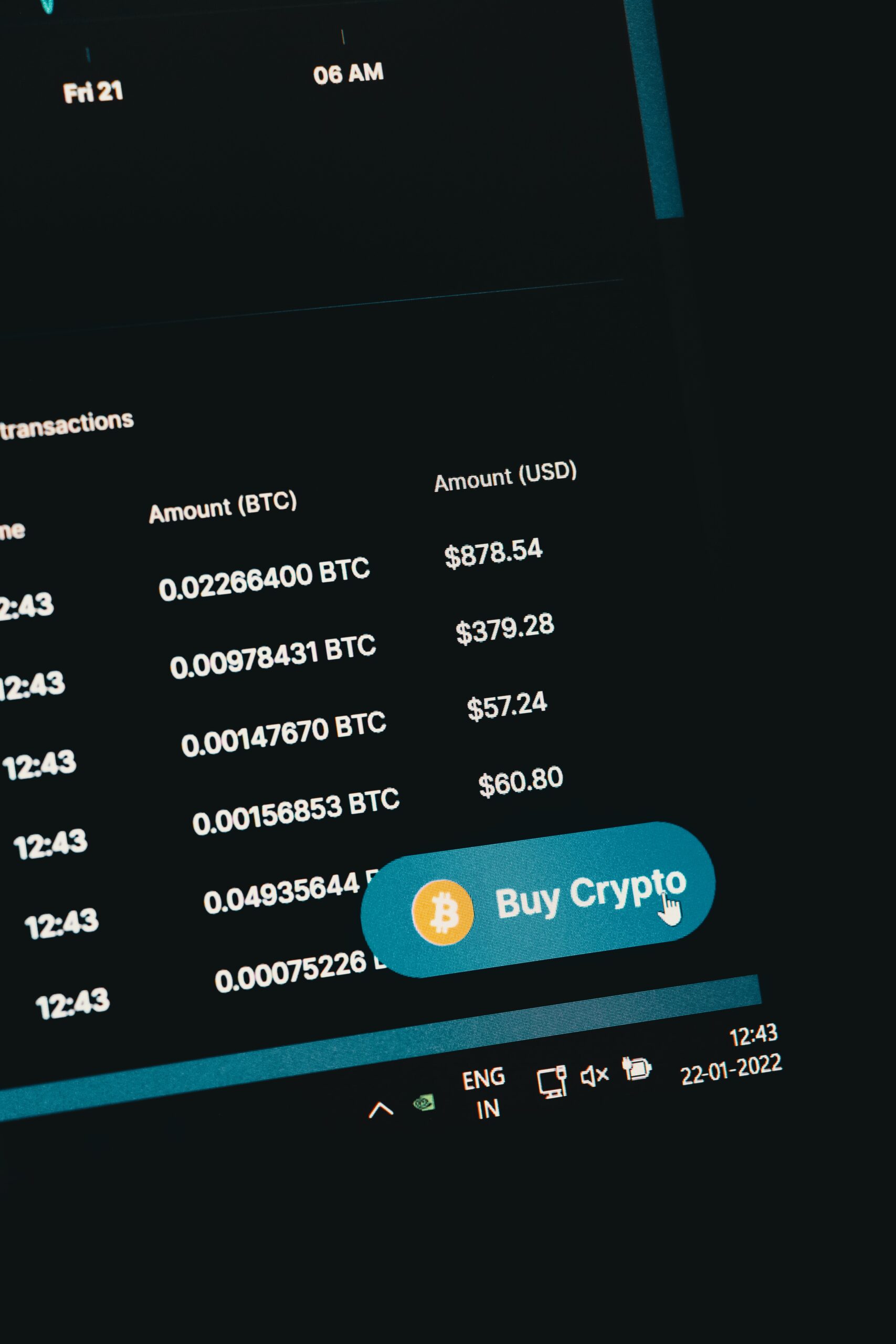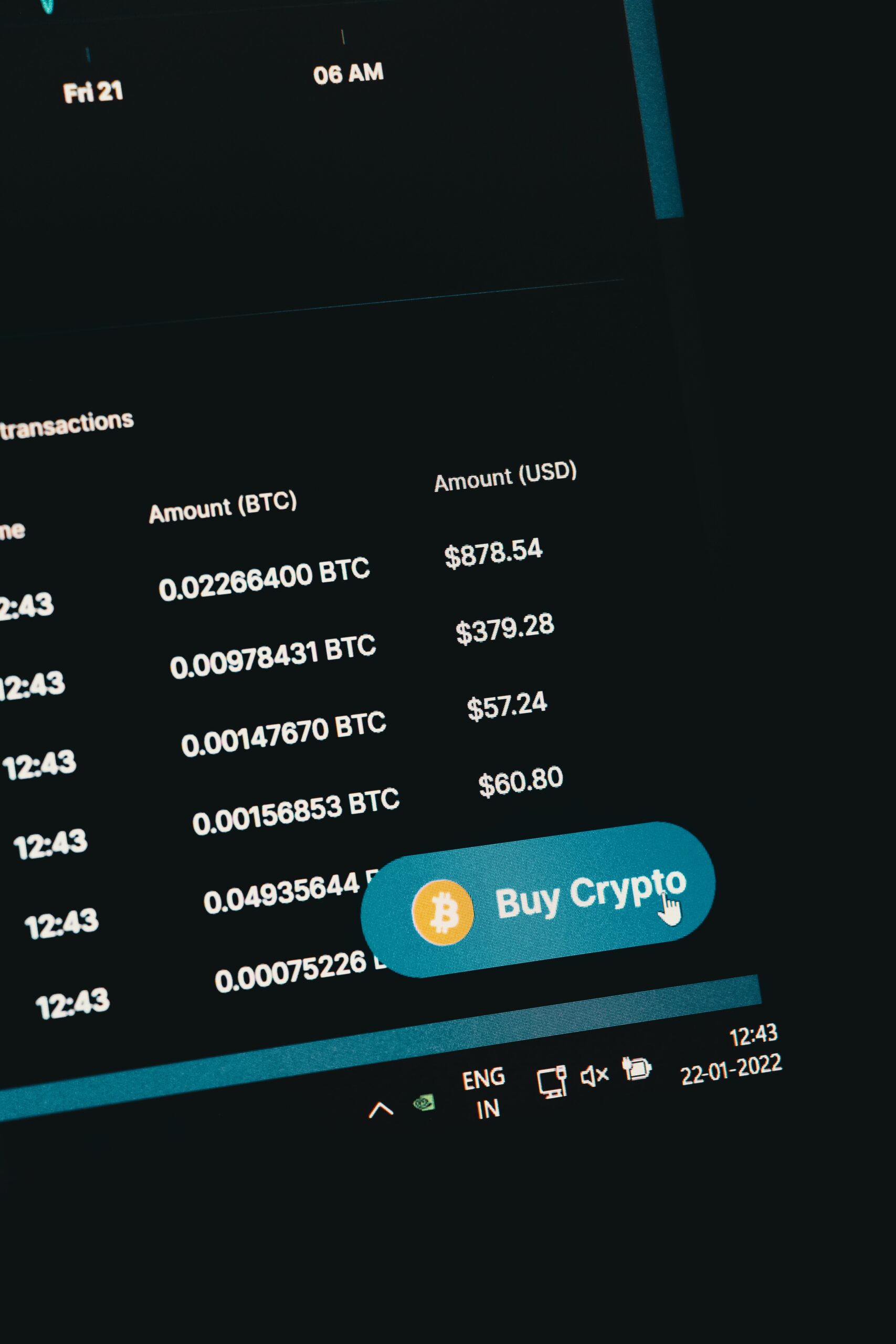In the world of trading, it’s important to navigate the uncertain waters with caution. That’s where the risk-reward assessment comes into play: evaluating the potential risks and rewards before making any trade. This crucial step allows you to analyze the potential profit against the potential loss, helping you make informed decisions and maximize your chances of success. By always assessing the risk-reward ratio, you can sail through the trading waters with more confidence, knowing that you’ve carefully weighed the potential outcomes.

Understanding Risk-Reward Ratio
Definition of risk-reward ratio
The risk-reward ratio is an important concept in trading that measures the potential reward of a trade against the amount of risk taken. It helps traders assess the potential gain or loss they might experience in a trade before making a decision. The risk-reward ratio is calculated by dividing the potential profit of a trade by the amount of risk or potential loss associated with it.
Importance of risk-reward ratio in trading
Understanding and considering the risk-reward ratio is crucial for successful trading. It allows traders to evaluate the potential gains and losses of a trade, helping them make informed trading decisions. By using the risk-reward ratio, traders can assess the potential profitability of a trade, determine whether it aligns with their trading strategy, and manage their risk effectively.
How to calculate risk-reward ratio
Calculating the risk-reward ratio involves determining the potential profit and potential loss of a trade. To calculate the risk-reward ratio, divide the potential profit by the potential loss. For example, if a trade has a potential profit of $500 and a potential loss of $200, the risk-reward ratio would be 500/200, or 2.5:1. This means that for every dollar at risk, the potential reward is 2.5 dollars.
Assessing Potential Risks
Identifying potential risks
Before entering a trade, it is essential to identify potential risks that could impact the outcome. Risks can include market volatility, economic events, company-specific news, and unexpected changes in trends or patterns. By identifying these risks, traders can take appropriate measures to mitigate them and protect their investments.
Quantifying the impact of risks
The next step in assessing potential risks is to quantify their potential impact. This involves evaluating the magnitude of the risk and understanding how it could affect the trade. For example, a market volatility risk might have a higher impact on a short-term trade compared to a long-term investment. By quantifying the impact, traders can determine the level of risk they are willing to take and adjust their trading strategy accordingly.
Considering the probability of risks
In addition to quantifying the impact, traders should also consider the probability of each potential risk occurring. This involves assessing the likelihood or chance of the risk materializing and impacting the trade. By considering the probability of risks, traders can make more informed decisions on whether to proceed with a trade or take steps to minimize the potential impact.

Evaluating Potential Rewards
Identifying potential rewards
Alongside assessing the risks, traders must also identify and evaluate potential rewards. This involves identifying opportunities for profit in a trade, such as potential price increases, dividend payments, or other sources of income. By identifying potential rewards, traders can assess the profitability of a trade and determine if the potential returns outweigh the associated risks.
Quantifying the value of rewards
After identifying potential rewards, traders need to quantify their value. This requires evaluating the potential profit or return from a trade and determining its monetary value. For example, a trade with a potential profit of $1,000 would have a higher value than a trade with a potential profit of $100. By quantifying the value of rewards, traders can compare them to the potential risks and assess the overall risk-reward ratio.
Considering the probability of rewards
Similar to considering the probability of risks, traders should also consider the probability of potential rewards materializing. This involves assessing the likelihood or chance of achieving the anticipated profits. By considering the probability of rewards, traders can gauge the potential success of a trade and make more informed decisions.
The Role of Stop Loss Orders
Definition and purpose of stop loss orders
A stop loss order is a risk management tool used by traders to limit potential losses in a trade. It is an instruction to sell a security if its price reaches a specific level, preventing further losses beyond that point. The purpose of a stop loss order is to protect a trader from significant losses in case the trade goes against their expectations.
Setting appropriate stop loss levels
Setting appropriate stop loss levels is crucial for managing risk effectively. Traders should consider the potential risks and volatility of the market, as well as their risk appetite, when setting stop loss levels. Setting the stop loss too tight may result in premature exits and missed opportunities, while setting it too wide may expose the trader to excessive losses. Striking the right balance is essential.
Adjusting stop loss orders based on risk-reward ratio
The risk-reward ratio can be used to determine the appropriate placement of stop loss orders. If the potential profit of a trade outweighs the potential loss significantly, a wider stop loss order may be considered. Conversely, if the potential reward is relatively small compared to the potential risk, a tighter stop loss order may be appropriate. Adjusting stop loss orders based on the risk-reward ratio can help traders manage their risk effectively.

Balancing Risk and Reward
Determining an acceptable risk level
Determining an acceptable risk level is essential for maintaining a balanced approach to trading. This involves evaluating personal risk tolerance, financial goals, and trading strategy. Each trader has a different comfort level with risk, and it is crucial to establish a risk level that aligns with individual circumstances and objectives. By determining an acceptable risk level, traders can make decisions that suit their risk appetite and maintain a healthy balance between risk and reward.
Aligning risk and reward with trading strategy
Aligning risk and reward with the overall trading strategy is vital for consistent success. Different trading strategies have different risk profiles and expected returns. Traders must assess whether the potential rewards of a trade align with their trading strategy and financial goals. By aligning risk and reward with the trading strategy, traders can ensure that their trading decisions are in line with their long-term objectives.
Using risk-reward ratio to make informed decisions
The risk-reward ratio serves as a valuable tool for making informed trading decisions. By considering the potential risks, rewards, and likelihood of each, traders can calculate the risk-reward ratio and weigh its implications. This allows them to assess whether a trade is worth pursuing and make decisions based on a sound analysis of potential outcomes. By using the risk-reward ratio, traders can make more informed decisions and increase their chances of success.
Pitfalls to Avoid
Overlooking potential risks
One common pitfall in trading is overlooking potential risks. Failing to identify and assess risks can lead to unexpected losses and unfavorable outcomes. Traders should be thorough in evaluating potential risks before entering a trade and take steps to mitigate them as necessary. By not overlooking potential risks, traders can protect their investments and make more informed trading decisions.
Chasing unrealistic rewards
Chasing unrealistic rewards is another pitfall that traders should avoid. It is essential to set realistic expectations based on a thorough assessment of potential rewards. Traders should be cautious of promises of significant profits or quick gains that seem too good to be true. By avoiding the temptation to chase unrealistic rewards, traders can make more rational and sustainable trading decisions.
Ignoring risk-reward ratio due to emotional biases
Emotional biases can cloud judgment and lead traders to ignore the risk-reward ratio. It is crucial to recognize and overcome emotional biases such as fear or greed when making trading decisions. Ignoring the risk-reward ratio due to emotional biases can result in impulsive and irrational trades that may lead to significant losses. By maintaining a disciplined and objective approach, traders can make better use of the risk-reward ratio for successful trading.
Managing Long-Term Risk
Considering risk-reward ratio over multiple trades
Managing long-term risk involves considering the risk-reward ratio over multiple trades. It is important to evaluate the overall risk and reward of a trading strategy rather than analyzing each trade in isolation. By assessing the risk-reward ratio across multiple trades, traders can identify patterns and trends, adjust their strategies as necessary, and make more informed decisions that align with their long-term objectives.
Implementing risk management techniques
Implementing risk management techniques is vital for managing long-term risk. This can include diversifying the portfolio, using stop loss orders effectively, and setting appropriate position sizes. By implementing risk management techniques, traders can minimize potential losses, protect their investments, and maintain a balanced approach to trading.
Reassessing risk-reward ratio periodically
The risk-reward ratio should be periodically reassessed to adapt to changing market conditions and trading strategies. As market dynamics evolve, the potential risks and rewards of a trade may change. It is important to reassess the risk-reward ratio regularly to ensure it remains aligned with trading goals and risk tolerance. By regularly reviewing and adjusting the risk-reward ratio, traders can stay responsive to market changes and make more effective trading decisions.
Risk-Reward Assessment in Different Trading Styles
Day trading
Day trading requires a meticulous assessment of the risk-reward ratio within a short time frame. The potential risks and rewards need to be evaluated quickly as day traders aim to capitalize on short-term price movements. Day traders often employ tight stop loss orders and focus on trades with favorable risk-reward ratios to maximize their chances of profitability in a limited timeframe.
Swing trading
Swing trading involves holding positions for a few days to several weeks, aiming to capture short-term price swings within larger trends. Traders in swing trading analyze the risk-reward ratio of each trade to determine if it aligns with their desired returns. Swing traders typically target trades with larger potential rewards relative to the potential risks and often use wider stop loss orders to accommodate market fluctuations within the chosen time frame.
Long-term investing
Long-term investing emphasizes a comprehensive assessment of the risk-reward ratio to build a portfolio with sustained growth potential over an extended period. Long-term investors consider the potential risks and rewards of each investment and evaluate the risk-reward ratio in the context of their overall portfolio strategy. They usually adopt a more conservative approach to risk management, striving for steady and sustainable returns over time.
Tools and Strategies for Risk Assessment
Technical analysis
Technical analysis is a widely used tool in risk assessment that involves studying past market data and price patterns to predict future price movements. Traders use technical indicators, charts, and trend analysis to evaluate potential risks and rewards. By incorporating technical analysis into risk assessment, traders can make more informed decisions based on historical market behavior and patterns.
Fundamental analysis
Fundamental analysis is another valuable tool that involves assessing the intrinsic value of an asset by analyzing fundamental factors such as financial statements, earnings reports, and company news. Traders use fundamental analysis to evaluate potential risks and rewards based on the underlying value of an asset. By combining fundamental analysis with risk assessment, traders can gain a deeper understanding of the potential risks and rewards associated with a trade.
Using risk management software
Risk management software provides traders with tools and features to assess and manage risk effectively. These software solutions often offer features such as position sizing calculators, risk-reward ratio calculators, and stop loss order management tools. By utilizing risk management software, traders can streamline their risk assessment process, make more accurate calculations, and manage their trades efficiently.
Case Studies
Examining successful trades with favorable risk-reward ratios
In this case study, we examine a series of successful trades that had favorable risk-reward ratios. By analyzing the risk-reward ratios and the outcomes of these trades, we identify patterns and strategies that contributed to their success. This case study highlights the importance of assessing the risk-reward ratio and how it can significantly impact the profitability of trades.
Analyzing trades with unfavorable risk-reward ratios
In this case study, we analyze trades that had unfavorable risk-reward ratios and resulted in losses. By examining the risk-reward ratios and the outcomes of these trades, we identify common pitfalls and mistakes that led to the losses. This case study provides valuable lessons on the potential consequences of neglecting the risk-reward ratio and the importance of prudent risk management.
By understanding the risk-reward ratio, assessing potential risks and rewards, using appropriate risk management techniques, and considering the risk-reward ratio across various trading styles, traders can make more informed decisions and improve their chances of success in the dynamic world of trading. Remember to utilize tools such as technical and fundamental analysis, and never overlook the risk-reward ratio when making trading decisions. With a balanced approach and a keen focus on risk assessment, traders can navigate the markets with confidence and maximize their potential returns.

